Weight 5,382 kg Wingspan 19 m Range 1,000 km | Length 17 m Top speed 267 km/h Engine type General Electric T58 | |
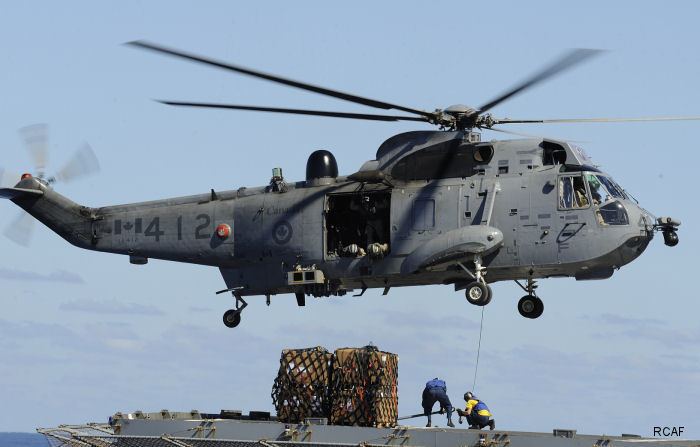 | ||
Royal canadian air force sikorsky ch 124 sea king engine startup and takeoff
The Sikorsky CH-124 Sea King is a twin-engined anti-submarine warfare (ASW) helicopter designed for shipboard use by Canadian Naval forces, based on the US Navy's SH-3 (or S-61) and has been continuously in service with the Royal Canadian Navy (RCN) and Canadian Forces since 1963.
Contents
- Royal canadian air force sikorsky ch 124 sea king engine startup and takeoff
- hd sikorsky ch 124 sea king refueling taxiing and takeoff cfb shearwater cyaw
- Design and development
- Operational service
- Replacement
- Variants
- Operators
- Specifications CH 124 Sea King
- References
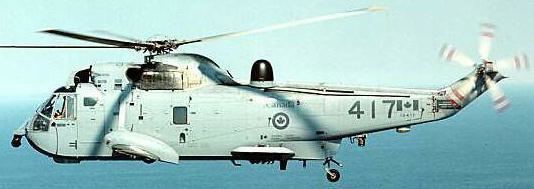
hd sikorsky ch 124 sea king refueling taxiing and takeoff cfb shearwater cyaw
Design and development
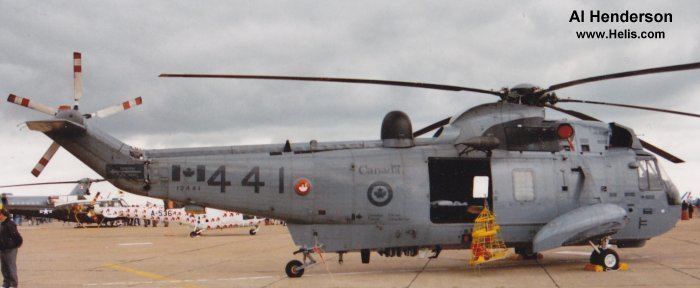
The advent of nuclear-powered attack submarines in the late 1950s prompted RCN leaders to assess the new threat they posed. Although these craft were noisier than older submarines and could therefore be detected at longer ranges, they were also capable of 30 knots (56 km/h) while submerged, which was faster than the top speed of the RCN's new St. Laurent-class destroyer escorts at 28.5 knots (52.8 km/h). Some RCN leaders harbored serious doubts that the destroyers could effectively pursue and destroy such fast vessels, even when operating in pairs. During a 25 February 1959 meeting of the Naval Board, it was decided that the Navy would counter the new threat by outfitting destroyers for helicopter operation.
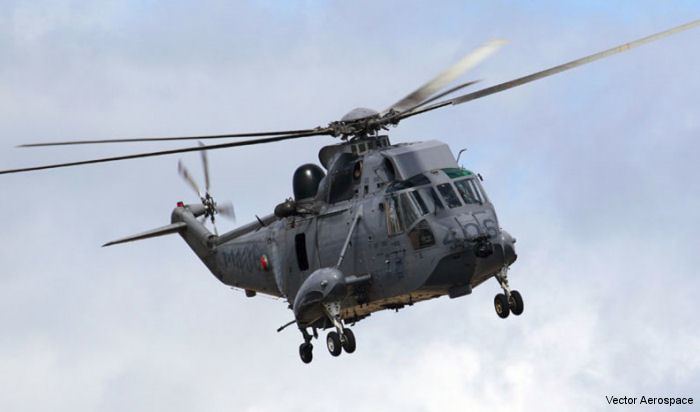
The RCN had examined the feasibility of operating ASW helicopters from small escorts when it modified the Prestonian-class frigate HMCS Buckingham in mid-1956 with a temporary helicopter landing platform. Successful trials were held in October 1956 using a Sikorsky HO4S-3 and a larger temporary landing platform was soon installed on the new destroyer escort HMCS Ottawa. Operational trials were conducted using an RCAF Sikorsky S-58, a substantially larger and heavier aircraft than the HO4S, and the success of these tests led to approval of the concept.
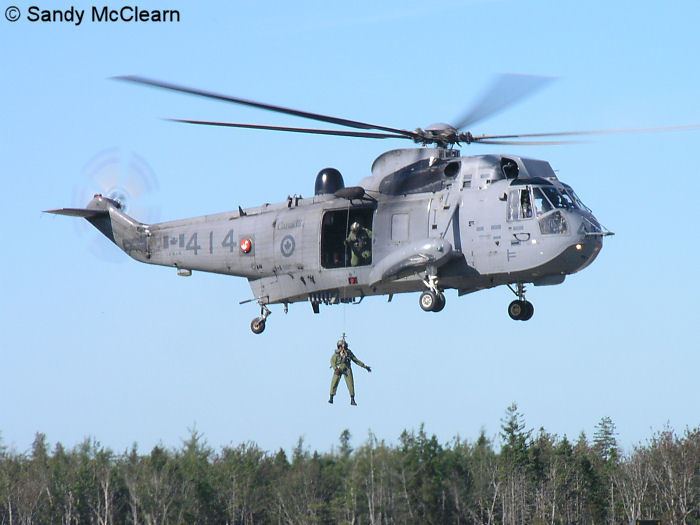
The RCN's then current HO4S-3 utility helicopter could not operate safely in inclement weather with a heavy weapons and sensor load, which would be imperative for the ASW role; hence, a more capable aircraft was needed. Initial 1959 studies identified two helicopters that seemed suitable - the Sikorsky S-61 (HSS-2) and the Kaman K-20 (HU2K)- but neither aircraft had flown at the time, so no choice was made. After further studies concluded that the smaller Kaman would better satisfy RCN requirements, the Treasury Board approved an initial procurement of 12 HU2K helicopters for $14.5 million in December 1960.
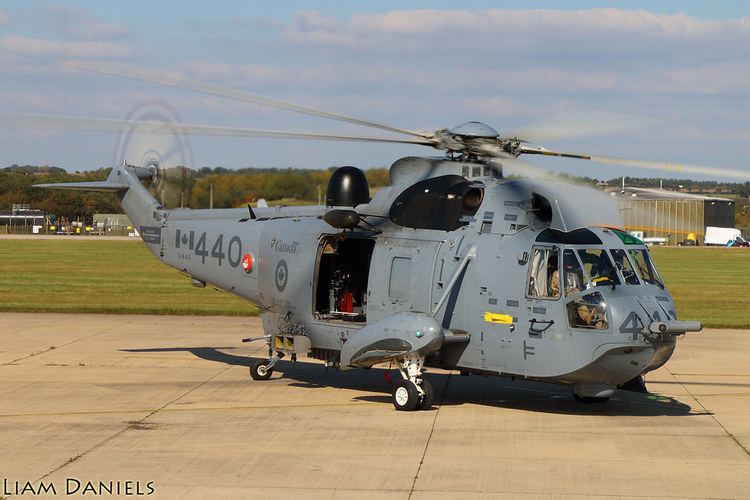
Despite this apparent setback for Sikorsky, several factors would derail the Kaman proposal. When the Naval Board held a follow-up meeting on 27 January 1961 to discuss the program, it was revealed that the asking price for the initial 12 units had nearly doubled to $23 million, a mere 6 weeks after the Treasury Board had approved the purchase. The Naval Board continued to endorse the HU2K, but some RCN leaders had serious misgivings due to the drastic price increase and staff reports that Kaman's performance projections might be overly optimistic. The Naval Board decided to await upcoming USN sea trials of the HU2K before rendering a final decision. The USN trials confirmed the calculations of RCN staff members; the HU2K was substantially heavier than promised, hampering its flight performance and rendering it incapable of meeting RCN requirements, even if Kaman were to install a proposed upgraded engine. The Sea King was ultimately chosen for production on 20 December 1961.
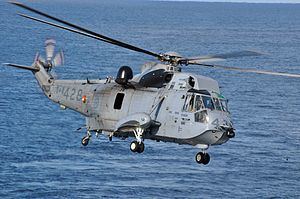
The first of 41 helicopters would be delivered in 1963 carrying the designation CHSS-2 Sea King. The airframe components were made by Sikorsky in Connecticut but most CHSS-2s were assembled in Longueuil, Quebec by United Aircraft of Canada (now Pratt & Whitney Canada), a subsidiary of Sikorsky's parent company. On 27 November 1963, the new landing platform aboard HMCS Assiniboine was used for the first operational destroyer landing of a production CHSS-2. Upon the unification of Canada’s military in 1968, the CHSS-2 was re-designated CH-124.
In the 1960s, the RCN developed a technique for landing the huge helicopters on small ship decks, using a 'hauldown' winch (called a 'Beartrap'), earning aircrews the nickname of 'Crazy Canucks'. The 'Beartrap' allows recovery of the Sea King in virtually any sea state. In 1968, the RCN, Royal Canadian Air Force (RCAF) and Canadian Army unified to form the Canadian Forces; air units were dispersed throughout the new force structure until Air Command (AIRCOM) was created in 1975. In August 2011, the Canadian Forces reverted to the former structure of the Royal Canadian Navy, Canadian Army and Royal Canadian Air Force.
Operational service
The Sea King is assigned to Iroquois-class destroyers (2 per ship with total of 6), Halifax-class frigates (1 per ship with total of 12), and Protecteur-class replenishment ships (3 per ship with total 6) as a means of extending the surveillance capabilities beyond the horizon. When deployed, the Sea King is accompanied by a number of crews - each with 2 pilots, a Tactical Coordinator (TACCO), and an Airborne Electronic Sensor Operator (AESOp).
In order to find submarines, the Sea King's sonar uses a transducer ball at the end of a 450-foot cable. It can also be fitted with FLIR (Forward-Looking Infra-Red) to find surface vessels at night.
The CH-124 has undergone numerous refits and upgrades, especially with regard to the electronics, main gearboxes and engines, surface-search radar, secure cargo and passenger carrying capabilities.
In 2013 the CH-124 fleet averaged 9–14,000 flying hours, while Sea Kings of other fleets go as high as 40,000 hours. Although the CH-124 had frequent technical issues, none are serious, and they could maintain a 87 percent serviceability rate.
Replacement
From 1983 onward attempts were made to replace the aging Sea King helicopters. Due to a series of financial and political issues, the process was hampered by repeated delays. In the end the CH-148 Cyclone, a new version of the Sikorsky H-92 Superhawk was selected.
Variants
Operators
Specifications (CH-124 Sea King)
General characteristics
Performance
Armament
